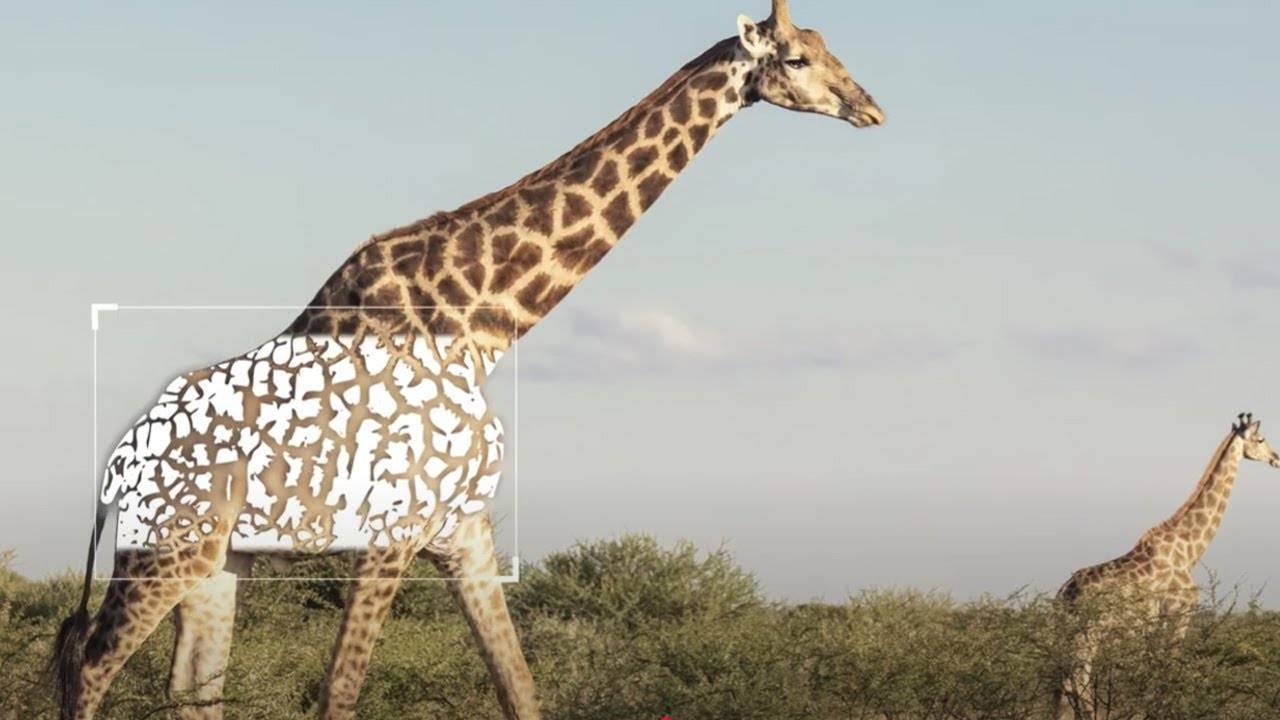Clustering: what is it and what is it used for?
Clustering, as a guiding light, has emerged as a fundamental tool in the vast and complex world of data analysis. This technique provides us with deep insight into how datasets are naturally grouped, allowing us to discover hidden patterns and access valuable knowledge in a more accessible and understandable way. In the Bachelor's Degree in Data Science and Artificial Intelligence we train professionals who can take advantage of these advanced techniques, turning large volumes of data into actionable and relevant information.
What is the clustering method?
Clustering, also known as clustering, is a machine learning technique used to classify elements within a dataset into groups or 'clusters'. The basic premise is that the elements of the same group share similar characteristics, but at the same time are distinct from other groups.
This technique, in the field of mathematical engineering, is particularly useful for discovering hidden structures in unlabelled data. Its application extends to various fields, from market intelligence to medicine and biology. For example, in medicine, it is used to identify disease patterns, while in biology it is used to classify plants and animals based on their genetic or morphological characteristics.
Clustering, as a guiding light, has emerged as a fundamental tool in the vast and complex world of data analysis. This technique provides deep insight into how datasets naturally cluster, allowing us to uncover hidden patterns and access valuable knowledge in a more accessible and understandable way.
In a landscape where the amount of data generated daily is overwhelming, clustering acts as a compass to guide us through this ocean of information, helping us to identify relationships, trends and structures that might otherwise go unnoticed. Its usefulness transcends disciplinary boundaries, finding application in fields as diverse as scientific research, marketing, medicine, urban planning and financial security. From customer segmentation to the identification of disease subtypes to fraud detection, clustering has become a fundamental pillar of informed decision making and the generation of meaningful knowledge.
What types of clustering exist?
Clustering comes in several forms, each suitable for different types of analysis and desired outcomes:
Hierarchical clustering: this method organises data into a hierarchy of groups, which can be visualised in a dendrogram or tree diagram. This allows for a deeper understanding by showing groupings at different levels of detail.
K-means: This is one of the most widely used clustering algorithms. It divides the dataset into a predefined number of groups, minimising the variance within groups and maximising the distance between them.
Density clustering: This approach groups points that are tightly clustered in the data space, marking as outliers or outliers those in regions of low density.
Spectral clustering: Uses properties of graphs and the spectrum of the similarity matrix to cluster data. It is especially useful when the data has a complex underlying structure.
Network clustering: Focuses on finding highly connected nodes in a dataset, where these nodes always belong to the same group in the analysis approach.
Each type of clustering has its advantages andis best suited to certain types of datasets and research questions. Choosing the right clustering process is essential in the data analysis toolbox.
When is it advisable to use clustering?
Clustering is particularly useful when you need to understand the intrinsic structure of a dataset that is not previously labelled. It is ideal for situations where the underlying categories are unknown and you need to explore the natural relationships between elements.
For example, in the initial phase of exploratory data analysis, clustering provides an intuitive insight into the composition of the data. It is also applicable when data is dynamic and changing, requiring a flexible approach that can adapt to new patterns as they emerge.
Its use is particularly relevant in areas where classifications are not well defined or in scenarios where you want to avoid biases that could be introduced by supervised classification.
Examples of clustering applications
Examples of clustering applications are numerous and diverse, covering a wide range of fields:
Marketing: Companies use clustering to segment customers according to their buying behaviour, thus personalising advertising and offers to increase the effectiveness of their marketing campaigns.
Medicine: In biomedical research, clustering helps identify disease subtypes based on symptoms or responses to treatments, which is essential for personalised medicine and the development of targeted treatments.
Biology: Scientists use clustering to group organisms based on genetic or morphological characteristics, which facilitates the study of biodiversity and evolutionary relationships between species.
Urban planning: Clustering is used to identify areas within a city that share similar characteristics, which helps improve resource allocation and the planning of public services.
Fraud detection: In the financial sector, clustering is used to identify atypical patterns in transactions that could indicate fraudulent behaviour, helping to prevent and detect fraud more effectively.
By identifying natural groups in unclassified data,clustering has become an indispensable technique for any data analyst. With its help, it is possible to extract insights that lead to a better understanding of complex phenomena that occur in a multitude of sectors, which means a great access to the labour market for professionals who master it. Moreover, its application continues to expand as new techniques are developed and new areas of application are discovered.
Study at UDIT the Bachelor's Degree in Data Science and AI
In the Bachelor's Degree in Data Science and Artificial Intelligence we train professionals who can take advantage of these advanced techniques, converting large volumes of data into actionable and relevant information. This programme offers comprehensive and up-to-date training, where students acquire skills in the use of tools and programming languages such as Python, TensorFlow and MySQL.
In addition, UDIT guarantees internships in leading technology companies, providing real experience and facilitating access to the job market. With small class sizes and working professors, students receive a personalised and industry-oriented education.
More information about the programme
What bachelor's degree do you need to study the Bachelor in Data Science and AI?
How are data analytics and artificial intelligence intertwined?









